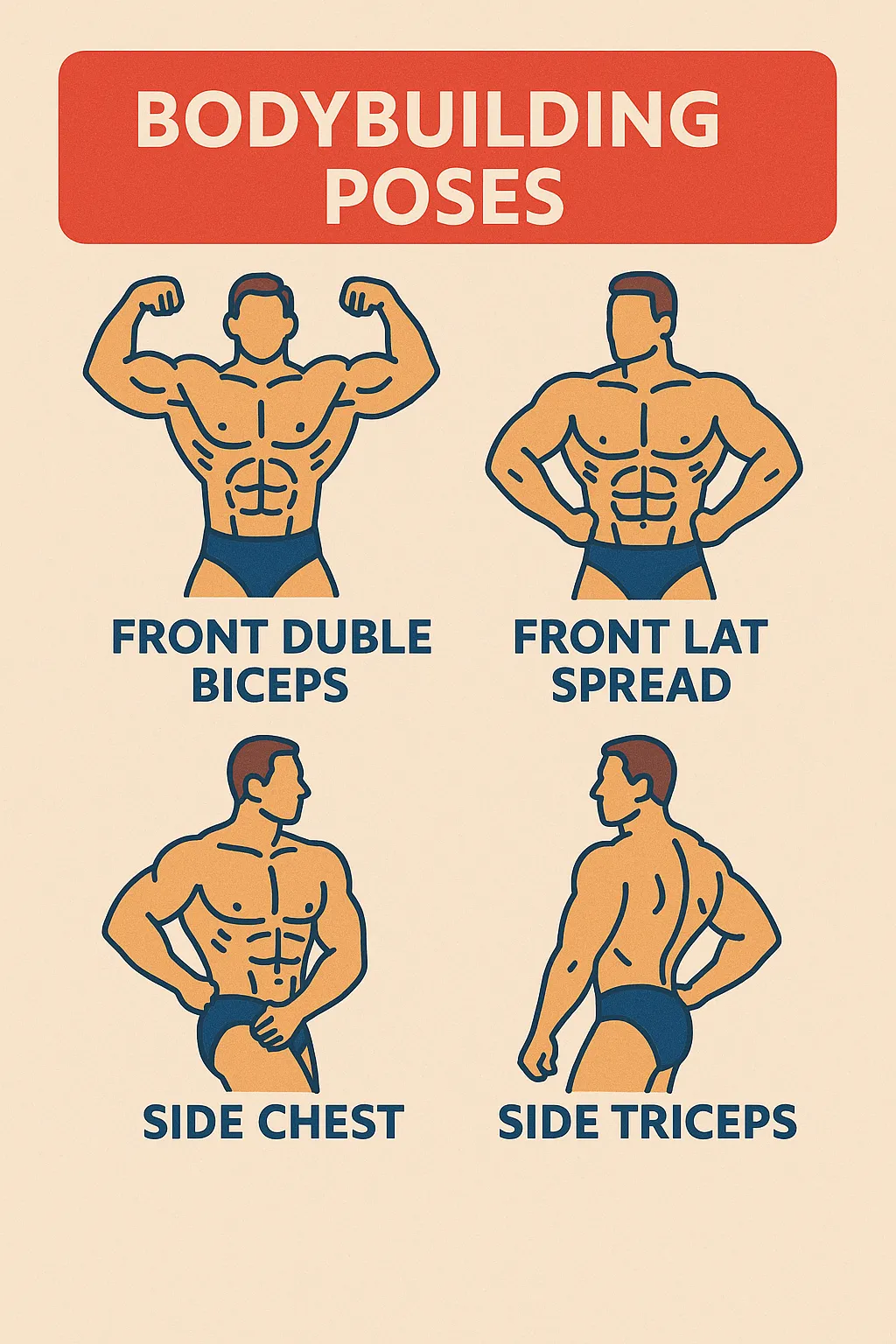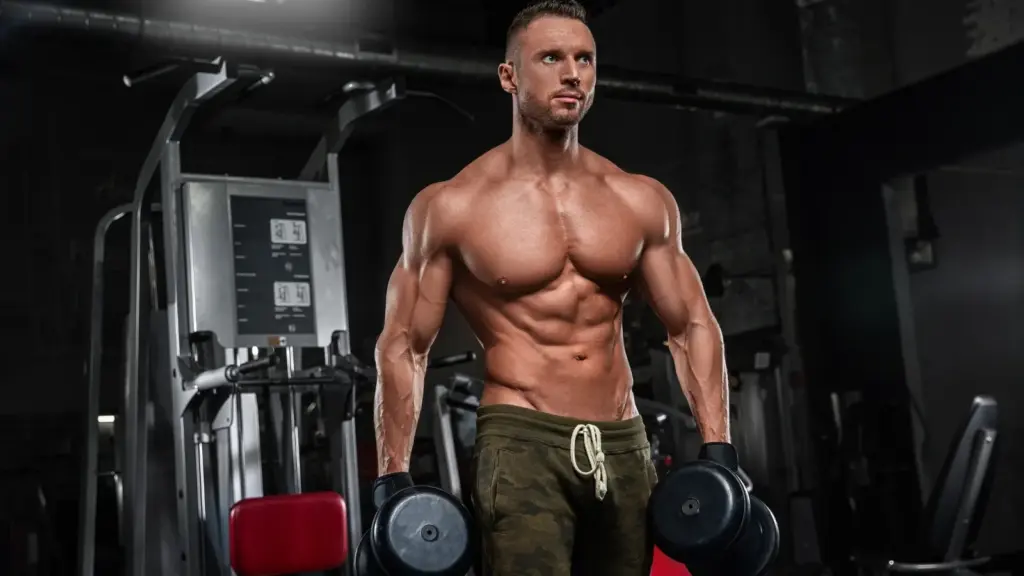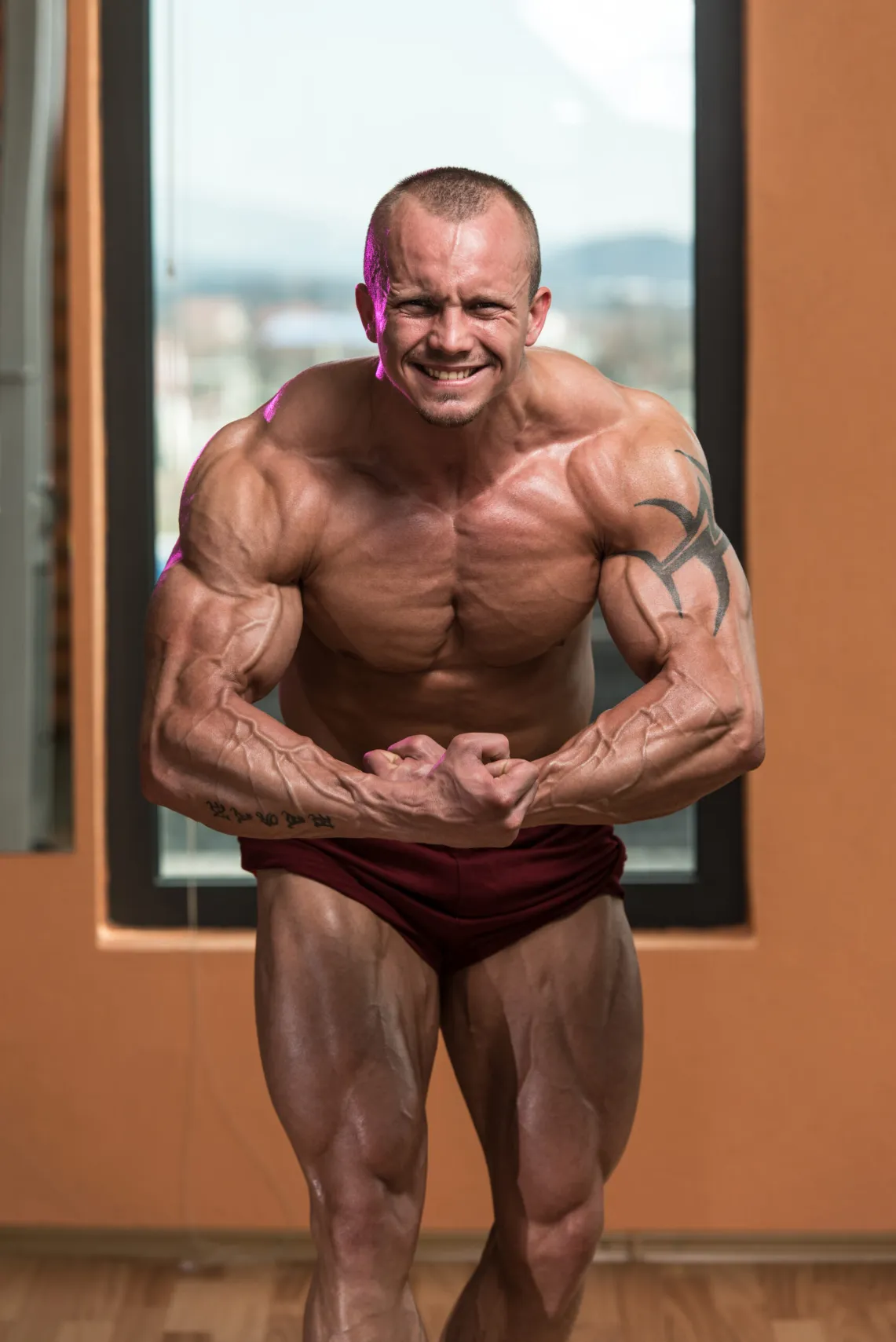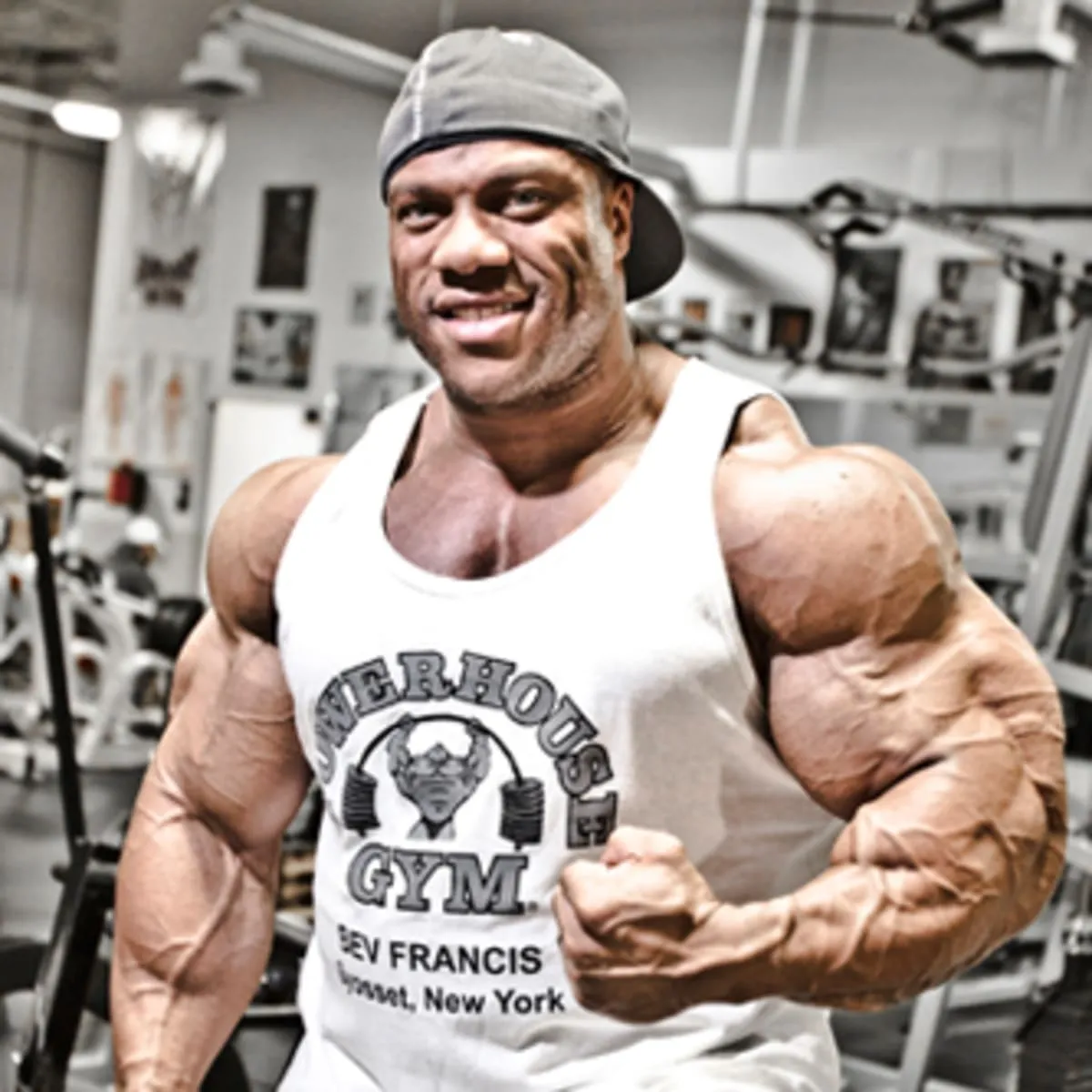Are you considering attending or competing in a bodybuilding show? There’s more to it than just sweating, straining, and standing around looking ridiculously fit. You need to be familiar with bodybuilding positions.

To the typical audience, everyone on a bodybuilding stage appears to be a living statue, slender, strong, and poised, and determining victors and losers in a competition appears to be a guessing game.
But devotees of bodybuilding deemed a “art and sport” by author Charles Gaines in his famous 1977 book Pumping Iron know that judges are searching for very specific characteristics in each athlete:
• Broad shoulders.
• Diamond-shaped calves.
• A defined midsection.
• A thick chest.
• A thin, defined look is only possible through strict dieting.
Top 9 Body Building Poses
They’re also looking for balance, fluidity, and proportion amongst muscle groups, with each section adding to the appearance of a cohesive whole. One athlete may have large, defined arms but less spectacular legs; another may have large thighs but thin calves; while another may have a large chest and shoulders but appear heavy around the waist.
This may not be the most body-positive pursuit. However, at their finest, physique contests can be thrilling and motivational, celebrating hard work and the beauty of the human body.
The required bodybuilding positions, which range from five to eight, allow the judges to see all aspects of each athlete’s physique. The compulsories allow the judges to examine each athlete as extensively and objectively as possible. These bodybuilder stances appear repeatedly throughout the show.
So, if you’re seeking for some #fitspiration on the internet, attending your first show as a spectator or participant, or simply looking for a means to measure your personal improvement over time, you’ll want to be familiar with the requirements.
Here’s a summary, along with our completely biassed view of which bodybuilders from history posed the best:
1. Front Double Bicep Pose
When posing for a “fitness” photo, you should strike this pose: arms outstretched, elbows flexed, and contracting your biceps to their full potential. That’s the front double bi.
When performing this stance, some athletes would crunch down on their abs to emphasise their six-pack. Others hoover their stomachs to achieve a more streamlined appearance.
In any case, the stance highlights the contrast between the width of the shoulders and the narrowness of the waist, as well as the size and shape of the upper arms and the definition and size of the quads and calves.
2. Front Lat
If you’ve never seen this position, prepare to be shocked: So far, so good. The legs are together, the feet are turned out to show off the quadriceps, and the hands are squeezing each side of the waist.
To accomplish the pose, the athlete raises their chest up and out, then spreads the lats, the powerful muscles beneath the armpits, to give the torso the look of a cobra with its hood fanned and ready to strike.
In addition to the lats, this position emphasises the shoulders (which should be wide, developed, and defined) as well as the quads’ size and definition. This stance is not necessary at most women’s shows.
3. Side Chest Pose
Next, you’ll turn to one side (typically towards the athlete), point your downstage foot to reveal the calf, and seize the wrist of the arm facing the judges. To finish the position, thrust your chest up and out, flexing the biceps of the downstage arm with all your might.
This stance reveals an athlete’s thickness, or the amount of muscle they have, especially in the chest, shoulders, arms, and thighs. It was a favourite of Arnold Schwarzenegger, whose chest was so muscular that he could allegedly balance a champagne glass on his top pecs.
While many athletes appear enormous from the front, this stance allows the judges to determine which competitor has the most mass. In this stance, well-defined athletes show off plenty of definition on the sides of their waists.
4. Side Triceps Pose
Still looking sideways at the audience, you set up with your legs in the same posture as before, then straighten your downstage arm. Reach your opposite arm behind your back and grab your downstage wrist.
Finish the posture by flexing your triceps, pushing your arm against your flank to make it appear larger, and contracting the muscles on either side of your body to highlight the definition in your waist and obliques.
While the side tri is a wonderful stance for larger athletes (as well as bodybuilders with thick legs), it also allows more aesthetic bodybuilders to show off their lines, symmetry, and definition.
5. Back Double Biceps
This is the identical stance as the front double biceps, but with your back to the audience. From the ground up, contract your hamstrings and calves, pushing into the ball of one foot to demonstrate definition in one calf. Then raise your arms to the double bi posture.
The trick is to engage all of the back muscles, including the traps and lats in the upper back and the erector spinae, the two snake-like muscles bordering the spine.
This position requires some finesse:
• If you do it correctly, your upper back will appear wide and defined, with detail popping out like a road map.
• If you do it incorrectly, such as pressing the shoulder blades together rather than spreading them wide, you will appear smaller and less defined.
This stance naturally showcases the back while also emphasising the development of the three heads of the deltoids, or shoulder muscles. Because a thick, defined back is difficult to achieve, the back double biceps posture frequently distinguishes the show’s top contenders from the rest of the field.
6. Rear Lat Spread
This stance, like the prior one, is the posterior version of an earlier pose. Here, however, the emphasis is on the width of the back, so instead of lifting your chest up and forward, you round your spine back slightly to enhance the perception of size from behind, again striving for that ‘mad cobra’ aspect.
The legs remain in the same posture as in the previous pose. This stance, like the front variation, is not needed at most women’s shows.
7. Abs and Thighs Pose
The obligatory round concludes with two theatrical bodybuilder poses. In the abs and thighs stance, face the audience and place your hands linked behind your head.
You stretch and flex the quadriceps on one leg while contracting your abs as hard as you can, highlighting your six-pack muscles and the lesser muscles that surround them. Skilled posers can also contract their pecs in this stance, giving more detail.
This stance is all about conditioning well and how you’ve shed as much body fat as you can while maintaining as much muscle as possible. The better conditioned you are, the more detail appears in your midsection and thighs.
8. The Most Muscular Man Pose
If you’ve seen bits from the classic Incredible Hulk program, you’ll recognise this pose: arms embracing downward in double arcs, chest and biceps clenched as firmly as possible. Some bodybuilders perform the pose with their chests high and shoulders square.
Of the mandatory bodybuilding postures, the conventional version of the Most Muscular is the most “freaky.” Most athletes show off a lot of veins in this stance, and their traps and necks flare and bulge, giving them a slightly deformed appearance. But the die-hard fans chew it up.
9. Individual and Free Posing
Along with competing in the comparison round, each athlete must also execute an individual routine set to music, consisting of their favourite bodybuilding postures strung together in a logical sequence that showcases their finest attributes while downplaying their weaker ones.
An excellent individual routine emphasises the athlete’s personality and physical characteristics: A large, bulky athlete may pose to more dramatic music, whilst a thinner, more aesthetically pleasing athlete may utilise classical. A brilliant act can captivate an audience and perhaps even the judges.
At the end of the evening, the athletes, those in contention for the top six to ten spots, perform a group “posedown,” with each running through their best poses in a final bid to wow the judges and the crowd.
This round is mainly only a method for the judges to stall while they tally the final scores, as well as a time for the crowd to express their gratitude to the athletes for their efforts.






